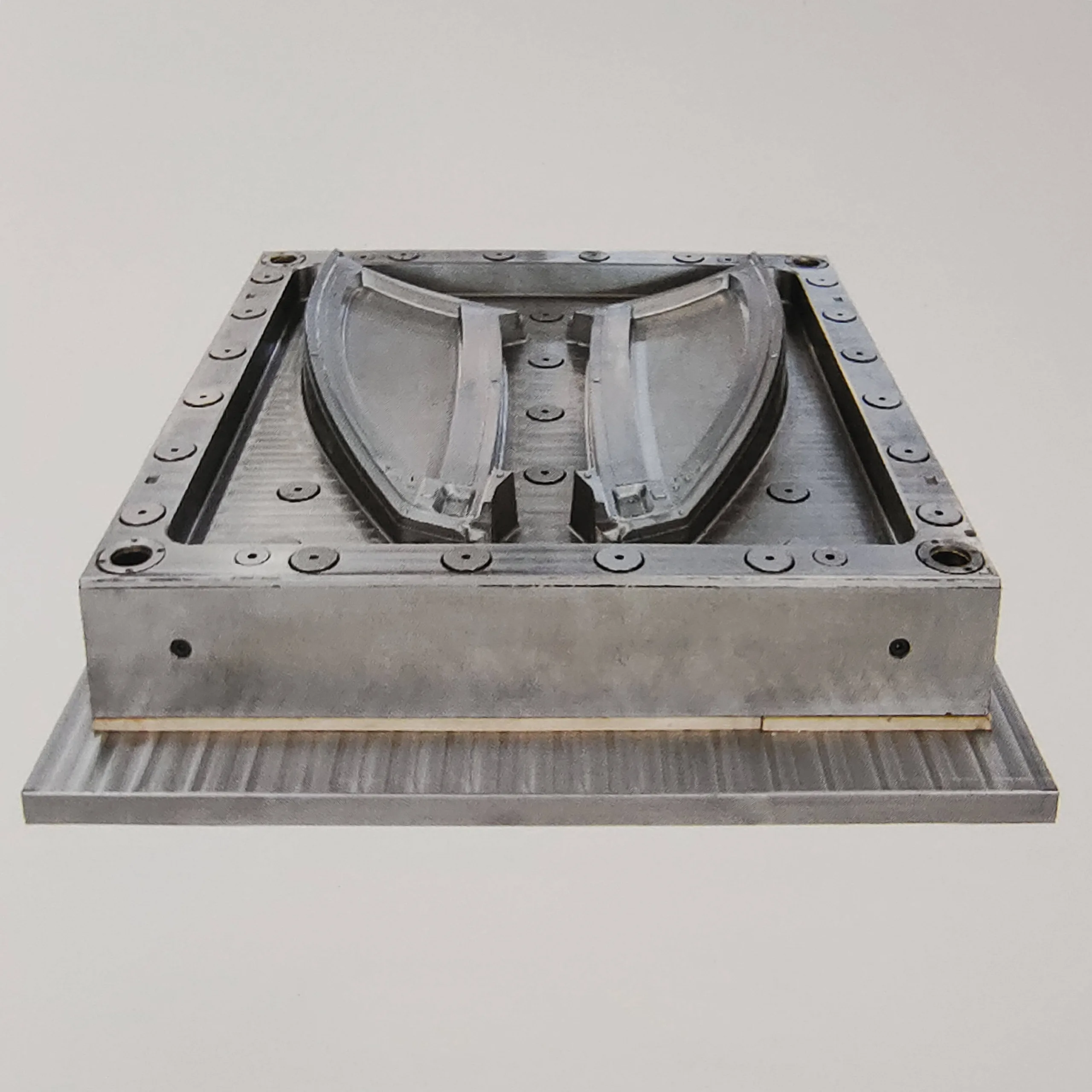Introduction
Creating a fiberglass mold can be an intimidating task, especially if you’re new to the process. Fiberglass molds are widely used for creating durable, reusable forms for various applications—from automotive parts and boat components to customized hobby and artistic projects. While many beginners face challenges due to misinformation or a lack of guidance, following a clear and comprehensive checklist makes the entire process manageable and even enjoyable.
This article provides a complete beginner’s checklist detailing exactly how to create a fiberglass mold, ensuring successful results from your very first attempt.

how to create a fiberglass mold
Understanding Fiberglass Molding Basics
What is a Fiberglass Mold?
A fiberglass mold is a reusable shell crafted from layers of fiberglass and resin. It allows for multiple reproductions of identical components with precise dimensions and fine surface details.
Common Applications of Fiberglass Molds
Fiberglass molds are extensively used in:
Automotive body kits and panels
Boat hulls and accessories
Architectural details and decorative elements
Hobby and model-making industries
Why Choose Fiberglass?
Durability and strength
Cost-effectiveness for multiple reproductions
Ability to capture intricate details
Lightweight and easily customizable
Materials and Tools Needed
Essential Materials Checklist
Fiberglass fabric or mat
Polyester or epoxy resin
Mold release agent
Gelcoat (for the mold surface)
Hardener (catalyst)
Sandpaper and polishing compound
Recommended Tools for Beginners
Paintbrushes and rollers
Mixing containers and stir sticks
Protective gloves and eyewear
Respirator mask
Measuring cups
Step-by-Step Beginner’s Checklist on How to Create a Fiberglass Mold
Step 1 – Designing Your Mold
Sketch your design and ensure dimensions and details are accurate.
Consider draft angles to make removal easier.
Step 2 – Preparing the Master (Plug)
Create or obtain a master plug that replicates your desired final product.
Smooth and polish the plug thoroughly; imperfections transfer directly to the mold.
Step 3 – Applying Mold Release Agent
Apply a generous, even coat of mold release agent onto the plug.
Allow sufficient drying time as instructed on the product label.
Step 4 – Applying Gelcoat Layer
Mix gelcoat and catalyst accurately following manufacturer’s guidelines.
Apply an even coat over the entire plug surface using a brush or sprayer.
Allow gelcoat to partially cure until tacky but not sticky to touch.
Step 5 – Adding Fiberglass Layers
Mix resin and hardener precisely according to instructions.
Lay fiberglass fabric or mat over the tacky gelcoat.
Apply resin using a brush or roller, saturating the fiberglass completely.
Add multiple layers, ensuring each is well-saturated and bubble-free.
Step 6 – Curing and Demolding
Allow the mold to cure fully (typically 24–48 hours).
Carefully separate the mold from the plug by gently flexing or prying at the edges.
Inspect for imperfections; sand and polish as necessary.
Common Mistakes Beginners Should Avoid
Incorrect Mold Preparation
Failure to thoroughly clean or smooth the plug leads to a flawed mold.
Not using or incorrectly applying mold release agents causes sticking.
Poor Mixing Ratios
Incorrect resin-to-hardener ratios result in weak molds that crack or fail prematurely.
Always measure carefully and follow product specifications closely.
Improper Layering Technique
Applying too few or uneven fiberglass layers creates structural weaknesses.
Always overlap layers adequately and smooth out air pockets immediately.
Pro Tips for Better Results
Safety Precautions
Always wear gloves, safety goggles, and a respirator mask.
Work in a well-ventilated area to reduce inhalation risks.
Achieving a Smooth Finish
Sand and polish the mold interior thoroughly to achieve a high-quality, professional surface.
Consider using finer grades of sandpaper progressively for the best results.
Storage and Maintenance of Molds
Store molds in a cool, dry environment away from direct sunlight.
Regularly inspect molds for cracks or wear, making repairs promptly.
Conclusion
Now you have a detailed beginner’s checklist for successfully creating your first fiberglass mold. By carefully following each step—from proper design and preparation to application and curing—you’ll quickly build confidence and skill in mold-making. Remember, practice makes perfect; don’t be discouraged by early mistakes, and always prioritize safety.
Did you find these steps helpful? Share your fiberglass mold-making experience or ask questions in the comments below. And don’t forget to share this guide with fellow hobbyists or aspiring professionals!




























